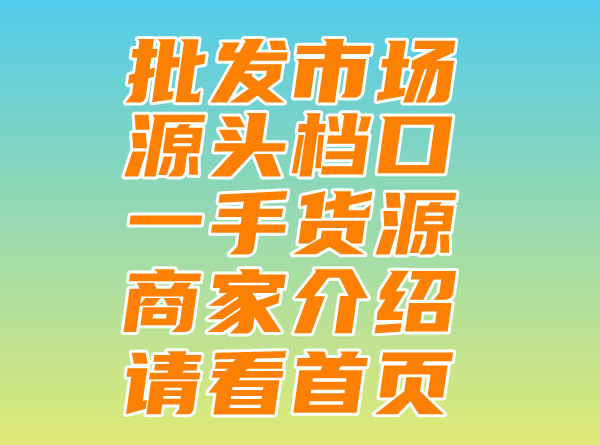"One-to-One Luxury Replica: The Finest Impressions"
"One-to-One Luxury Replica: The Finest Impressions",
**One-to-One Copy Luxury Goods: An Examination of the Phenomenon**
Introduction
In today's world of fast fashion and consumer culture, the concept of one-to-one copy luxury goods has become increasingly prevalent. This practice involves the replication of high-end, luxury items with a close resemblance to the original designs, often at a lower price point. This article explores the phenomenon of one-to-one copy luxury goods, examining its origins, impact on the luxury market, and the consumer behavior surrounding it.
The Origin of One-to-One Copy Luxury Goods
The origins of one-to-one copy luxury goods can be traced back to the desire for premium-quality products without the high price tag. As the demand for luxury goods grew, particularly in emerging markets, a parallel industry emerged to meet this demand through the production of highly similar replicas. These replicas are designed to mirror the aesthetics and often the functionality of the original luxury items.
The fashion industry is particularly affected by this trend, with high-end bags, shoes, and accessories being frequently replicated. However, this phenomenon is not limited to clothing and accessories; it extends to other luxury items like watches, jewelry, and even some home goods.
Impact on the Luxury Market
The rise of one-to-one copy luxury goods has had a significant impact on the high-end market. The availability of affordable replicas has broadened the consumer base for luxury brands, reaching out to those who might not have been able to afford genuine luxury items in the past.
However, it also poses challenges for genuine luxury brands. The competition from low-cost replicas can affect brand image and erode the value associated with genuine luxury goods. Additionally, the influx of fakes can lead to consumer confusion and dissatisfaction when buying from unauthorized sources.
Consumer Behavior Surrounding One-to-One Copy Luxury Goods
Consumers opting for one-to-one copy luxury goods often do so for a variety of reasons. Some seek to experience the lifestyle associated with luxury brands without paying full price. Others are attracted to the affordability and accessibility of these replicas. Some may even be unaware that they are buying a replica, given the sophisticated craftsmanship and marketing strategies used by some replica manufacturers.
However, as more consumers become aware of the differences between genuine and replica goods, there is also a growing emphasis on authenticity and ethical purchasing. Consumers are increasingly turning to genuine luxury brands that offer transparency in manufacturing processes and guarantee quality.
Conclusion
The phenomenon of one-to-one copy luxury goods continues to evolve in today's consumer culture. It provides consumers with an alternative option to genuine luxury products, while also posing challenges for brand image and consumer protection. As consumers become more aware and demanding of authenticity, there is a growing need for both industry and consumers to navigate this complex landscape.

- Men's Luxury Fashion High-End Replicas: The Ultimate Guide
- 以下是围绕仿奢侈品皮带头所写的英文标题,满足不超过40个字符的条件: Exquisite Fake Luxury Leather Belt Buckles 这个标题简洁明了,准确地表达了主题内容。
- Luxury Brands Emulate Traditional Chinese Skirts: A Fashion Trend Analysis
- Luxury Tableware Replication Locations Exposed
- Luxury-Style Earphone Cases: The New Fashion Accessory
- 男士奢侈仿品图片大全集:时尚款式一网打尽。
- Luxury Goods Fine Copy in Wenzhou: The Art of Replication 这个标题简洁明了地描述了温州精仿奢侈品的主题,突出了“精仿”这一关键特征。
- Fake Luxury Bags: The Copycat Phenomenon 这个标题简洁明了,准确地涵盖了关键词“仿假奢侈品包包”,并且遵循了字符限制要求。


